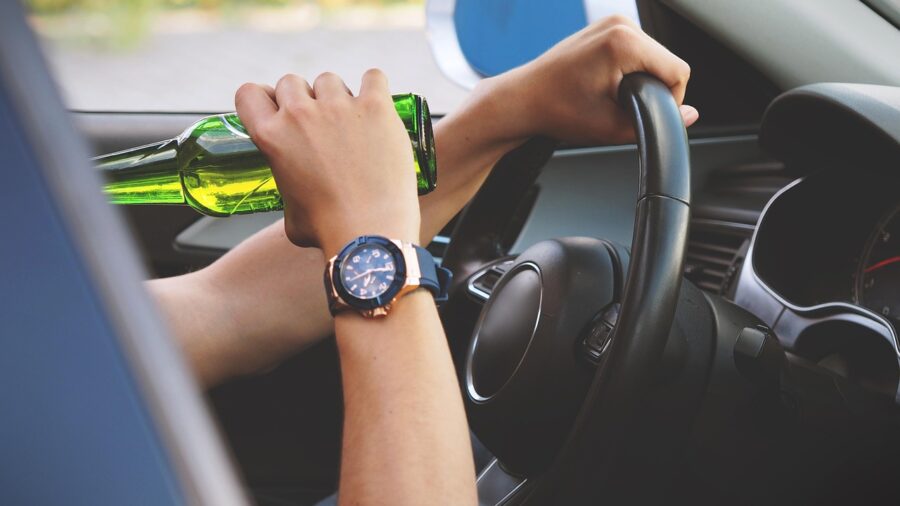Most people consider themselves to be good drivers. Yet many are still using their phones while driving, two fifths admit to speeding, and a fifth knowingly drive even though they are really tired. If you get demerit points for dangerous driving, it pushes up the cost of your green slip. Read More








